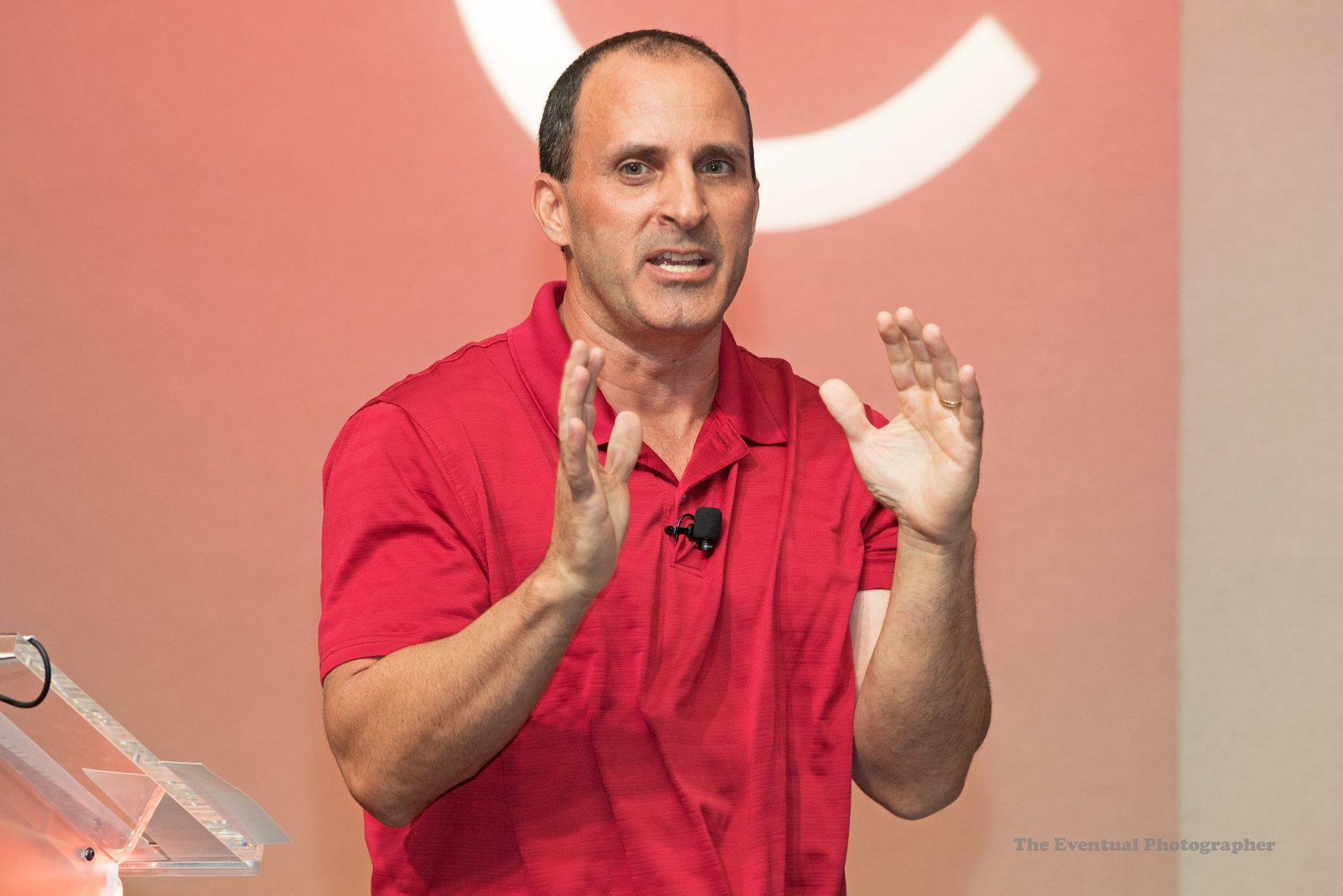The Cloud Hopper cyberattacks that targeted major MSPs and cloud service providers (CSPs) worldwide were larger than previously disclosed, according to a Wall Street Journal investigation published this week.
Cyber investigators first spotted Cloud Hopper activities in 2016. By 2018, roughly 14 unnamed companies -- believed to be MSPs and CSPs, for the most part -- were thought to be targets. APT10, a hacker group with alleged ties to China, apparently drove the attacks -- which "jumped" from the cloud providers into end-customer networks.
A closer look by The Wall Street Journal now suggests that some companies -- such as CGI Group, HP Enterprise, IBM and Tieto Oyj -- were hit harder by the attacks than originally thought.
According to the report:
"The Journal found that Hewlett Packard Enterprise Co. was so overrun that the cloud company didn’t see the hackers re-enter their clients’ networks, even as the company gave customers the all-clear.
Inside the clouds, the hackers, known as APT10 to Western officials and researchers, had access to a vast constellation of clients. The Journal’s investigation identified hundreds of firms that had relationships with breached cloud providers, including Rio Tinto, Philips, American Airlines Group Inc., Deutsche Bank AG , Allianz SE and GlaxoSmithKline PLC."
Among the additional Journal findings:
In response to the Journal report, HPE said the company worked diligently and professionally with customers to document and mitigate the attacks. IBM, meanwhile, says it cooperated with government agencies and customers that expressed concerns.
FBI Ransomware Warnings to MSPs
The FBI and U.S. Department of Homeland Security have repeatedly warned MSPs and their technology platform providers about such attacks.
Although MSPs and their software providers have generally raised their defenses in 2019, attacks have continued and some corners of the MSP industry now face a “crisis of credibility, ChannelE2E and MSSP Alert believe.
Still, more signs of progress are emerging. Thousands of MSPs are activating two-factor authentication as a means to stop hackers from entering systems. In many cases, software providers are activating 2FA as a default setting. And increasingly, the 2FA setting is mandatory.
Still, 2FA isn’t a cure-all for ransomware attack mitigation.
MSPs Fighting Ransomware: Basic First Steps
To get ahead of the ransomware threat, MSSP Alert and ChannelE2E have recommended that readers:




